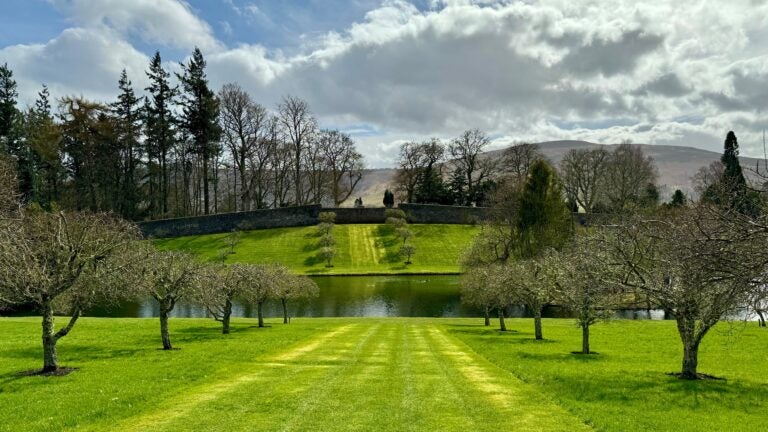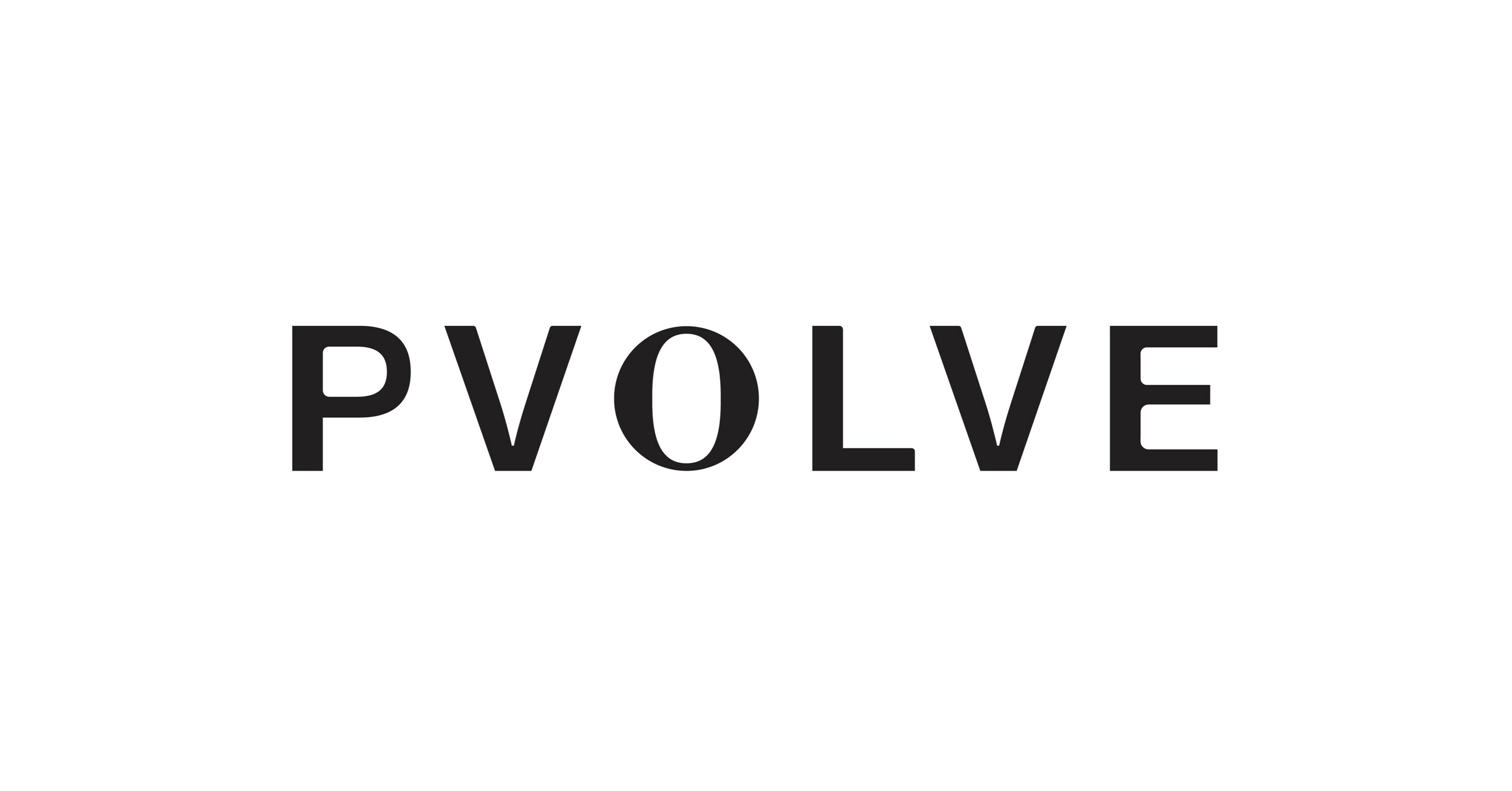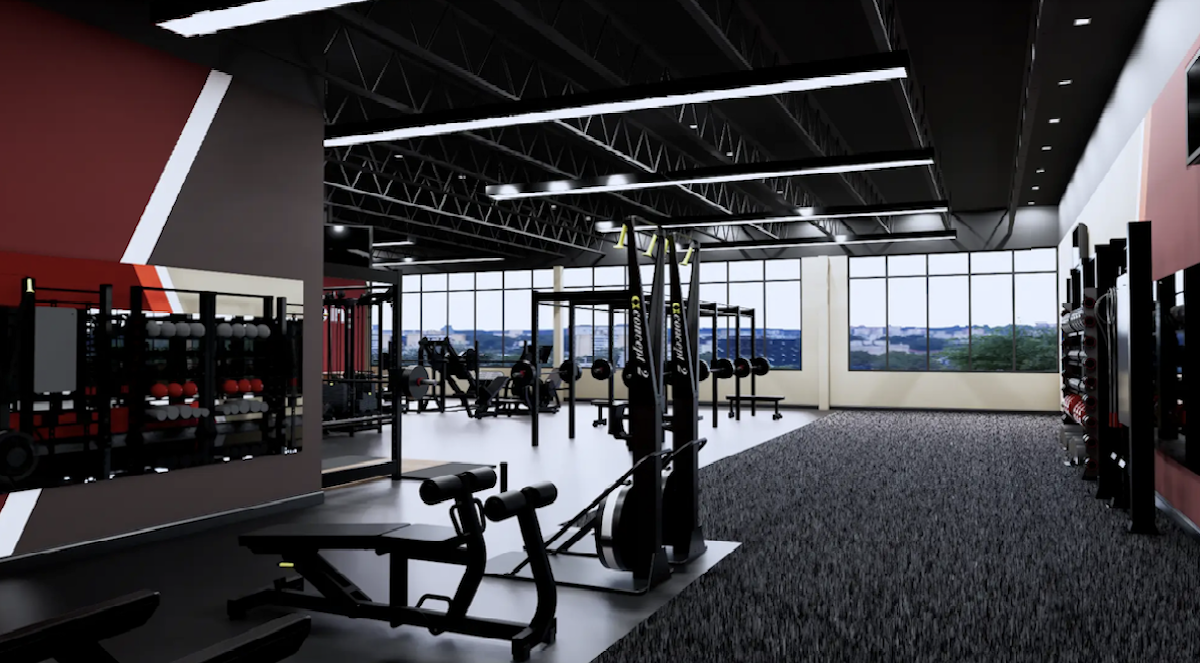Jobs
Transitions in life and nature

Lake Erie shoreline on a blustery day.
Walking along the rail trail the other day, there were a number of thoughts running through my head.
“I forgot my binoculars.”
“The mosquitoes aren’t too bad.”
“I wonder if these shoes are waterproof.” But they were all eventually superseded by feeling the cool air, listening to the various chirps and tweets, feeling the crunch of the wet gravel underfoot, and just breathing.
Noticing the types of plants growing along the edge of the parking area, and the trail itself, my first thought was how many of them were invasive. But then I started noticing that some were naturalized and some were native. A couple were even domestic. Then I started wondering why I even needed to label them as such. What purpose do those labels serve? Do I need to apply them at this point in time on this particular walk? The answer was no, but it started me on other thoughts, and an exercise to view each plant as itself and value it as such. Not part of a category, not good or bad.
Thus, taking a closer look at the mullein, with its coat of dew, aligned along the edge of the parking lot. Some sending spires of bright yellow flowers into the air, a bumblebee was sitting, still sleepy-cold, on one. One clump of Butter and Eggs was tucked into the wildness at my feet, losing its ground as the early pioneer to the more unruly immigrants of second-year and autumn. Raspberries, Poison Ivy, a couple different mustards, and Wild Lettuce among others joined in the melee that is early colonization of disturbed soils.
Behind that, the Staghorn Sumac hosted a Red Squirrel, who appeared to be using it as a highway to go back and forth to the hickory tree, nut in possession on the way down, and ready for another on the way up. A Song Sparrow explored the debris at the base of the sumac, searching for things that make sparrows happy. I could hear an Eastern Wood Pewee calling from the taller trees by the trail entrance. Chipmunks hollow-called and scurried, though I never saw them, doing what chipmunks do in the fall, wanting for nothing in the fall harvest of a hedgerow.
There is a name for these types of areas that border and divide two different habitats but aren’t distinct enough to deserve a name themselves: edges. I’ve written about edges before, how they are powerful spaces, bringing elements of both sides and supporting all. Every edge is different, and the idea that occurred to me is that edges are the space between.
Throughout life, both on a daily and lifelong basis, there are transitions. I wrote about change last time, but transition zones are the space that contains change, allows and even encourages it. Natural transition zones come in the form of tidal flats, fence rows, and medians; field edges, marshes, and beaches. Life transition zones are, among others, moving, becoming a partner or a parent, or switching careers or jobs. They’re messy, just like a natural edge. They’re chaotic, just like a natural edge. They have both too much and not enough, just like a natural edge.
This space between — when you aren’t alone anymore, but you haven’t figured out how to be together; after you’ve birthed a child but before you’ve figured out how to be a parent — is a lesson in duality. You’re in two different spaces, but yet in a completely different one. Animals use edge habitats, the spaces between, as havens, protection from wildlife, a food source, and as something to depend on when their space is compromised in some form.
As humans, we often view transitions as scary, or with anxiety, fear, or apprehension. Uncertainty makes many people uncomfortable, and so the edges of what we know are not often welcome. We have the power to change our perspective, however, as reasoning individuals.
As I leave Audubon after 20 years, my space between the before and after is completely undefined. Many people have asked the question, “Where are you headed?” and the answer is nowhere. I am resting in the space between, in the edge, the transition. I am taking a lesson from nature, as I have always done, and seeking sustenance and comfort in everything and nothing that is now life. All things belong, just as all those unruly residents of the parking lot edge belong, regardless of their labels of native, non-native, invasive, domestic. Together they form a rich and diverse area, neither good nor bad. The unruly chaos is a salve, a testament to where I’ve been and where I’m going.
As autumn descends (my favorite season) I will visit the edges that I’ve always loved: the Lake Erie shoreline, the edge of the fields at home, the rail bed at Akeley Swamp, the trails around Eaton Reservoir in North East, and more. Those wild edges will remind me: the possibilities in the transition are endless, and I’m heading into it with the abandon of a chipmunk in a hedgerow. What are the edges that sustain you?
Sarah Hatfield recently left her position as Education Coordinator at ACNC.
Audubon Community Nature Center builds and nurtures connections between people and nature. ACNC is located just east of Route 62 between Warren and Jamestown. The trails and outdoor facilities are open from dawn to dusk. The Nature Center is open from 10 a.m. until 4:30 p.m. daily except Sunday when it opens at 1 p.m. More information can be found online at auduboncnc.org or by calling (716) 569-2345.









